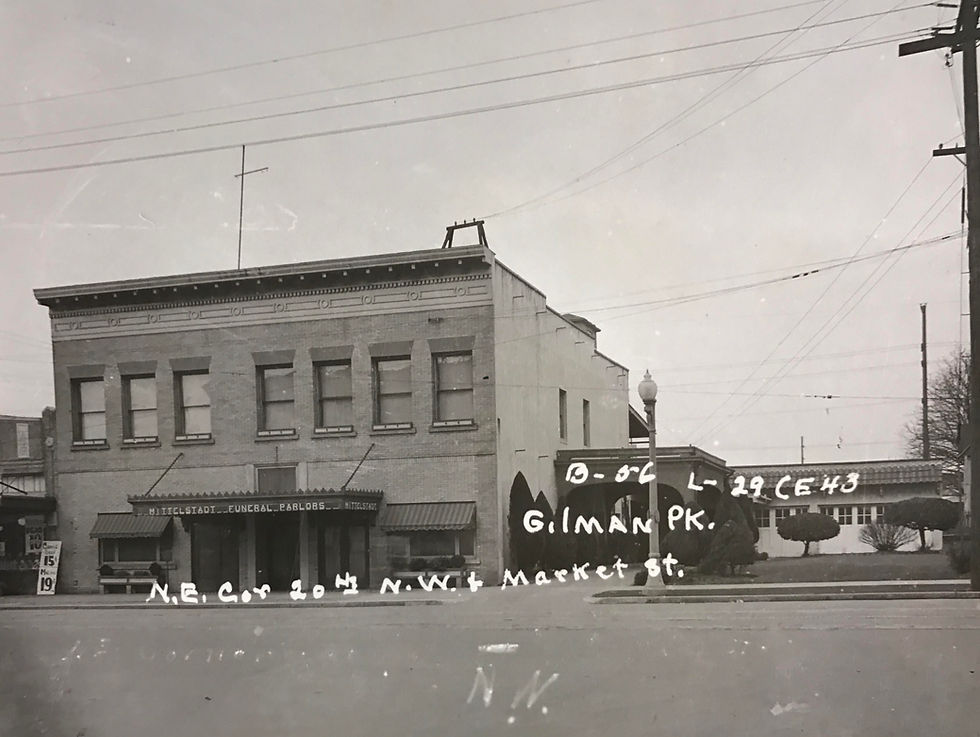Biophilia with Martha Stewart!
- Ellen Mirro

- Jan 21
- 3 min read
Ellen was again featured in Martha Stewart Magazine regarding the topic of Biophilia (items 4& 7). You will see how we incorporated biophilic design in our Lakewood and Maple Creek Projects.
Biophilic design connects people with nature through design. “Connection” is the keyword in biophilic design: connection to the outdoors, connection to natural materials, connection to light. The number one thing our clients ask for in a remodel is an increased connection to the outdoors, especially in older homes. I have always considered that this is due to the lifestyle shift that has taken place over the centuries, where so much more of our time is spent indoors. This is especially evident in the Pacific Northwest, where we have an epidemic of vitamin D deficiency due to our dark winters.
The first time I came across the term “biophilia” was in Charles Montgomery’s book Happy City (2013), although the term was coined several decades earlier. The book had a powerful effect on me and made me realize that when architects discuss architecture as “sculpting light” they really are discussing the absolute necessity of bringing the most primordial of natural elements into the space.
In our practice, considering natural light is the very first thing we do when designing a space. When Christopher Alexander wrote A Pattern Language (1977), he recommended every room have access to natural light on two sides. Sometimes this can be difficult, but strategies like adding sun tunnels or skylights, as we did at our Lakewood Farmhouse addition, can help with this equation.
If light is the first thing to consider, then views and materials are close second and third. Architects love to discuss English geographer Jay Appleton’s “prospect and refuge” theory of 1975. This theory leads directly into the idea of biophilia as having a genetic component that was developed by natural selection. The “prospect” is the desirable view, the “refuge” is the shelter, or architecture. In our Lakewood Farmhouse remodel and addition, the view was also of primary importance, shaping the architecture as much as the desire for light and air.
Edward O. Wilson coined the term “biophilia” and wrote a book of the same name in 1986. He wrote that it is inherent in all humans to find scenes of nature calming and restorative. It was Wilson who proposed that it was an evolutionary advantage that made humans prefer certain natural scenes to others. Introducing the natural elements that produce this calm state can reduce stress, improve mental health, and increase creativity.
Judith Heerwagen, Martin Mador, and Stephen R. Kellert wrote the book Biophilic Design in 2008. Kellert is largely recognized as the person who most definitively outlines the elements of Biophilic design. He and Elisabeth Calbrese published “The Practice of Biophilic Design” in 2015, before Kellert passed away in 2016. Kellert proposed that it wasn’t just scenes of nature, but the natural world as experienced by all of the five senses that produce beneficial effects. They show examples of how a biophilic design in a hospital room would look next to a non-biophilic design. So many studies have proven that people in these biophilic-designed environments recover faster.
Paying special attention to the liminal spaces between indoors and outdoors can really create that connection with nature. For instance, at the recently completed Lakewood farmhouse, we installed the exterior flagstone inside to blur the lines between indoors and out. The flagstone and flood of natural light lead you to the interior in a more gradual way, softening the transition between inside and out.
The use of natural materials for finishes adds texture to the design and an organic element that feels natural and soothing. Even in a bathroom, such as a Maple Creek, the use of sliced river rock, on the floor juxtaposed with the natural light filtering down from the skylight presents a serene space. The river rock was a great choice for a non-slip texture. A mix of walnut and bamboo at the vanity brought in more natural elements relating to the original 1960s house design.








Comments